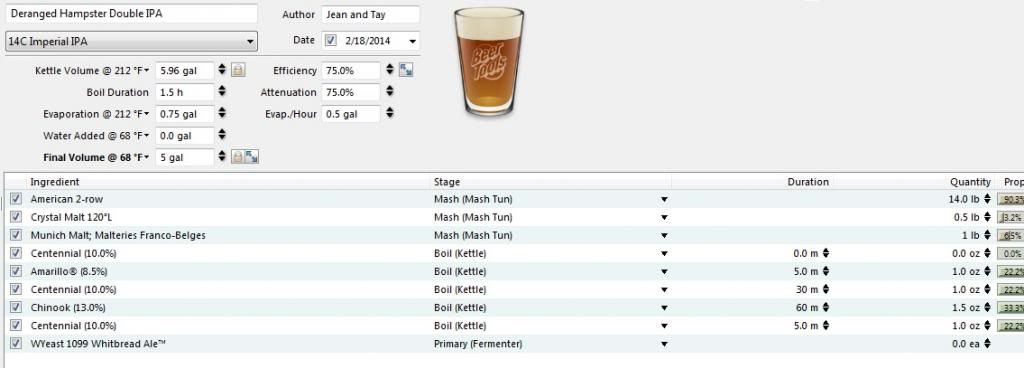I don't see anything attached or linked here, so I can't tell what you're working with. However, if this is your first IPA and you want something maltier, you might want to try making a decent-strength amber instead. American amber and IPA aren't so different, but amber leans more on the sweet, caramel kinds of flavors. Many versions still have a hop punch, but you get a nice balance of malt and hops without going into 1.065+ territory, which can make your life a little more difficult.
As for how to hop, whether it's IPA or amber, the basic principles are pretty simple. You usually want a bittering addition, usually right at the beginning of the boil, which gets you most of your goal for IBUs. Then you want at least one flavor addition (at the 20 or 15 minute mark, typically). And then you want aroma additions. Part of the reason that recipes look so different is because people have all kinds of ways of doing aroma additions. But all of the following are basically intended to increase hop aroma:
*10 minute or less.
*flameout.
*hop stand (i.e., add hops when wort has cooled a bit but is still quite hot, and then let sit in hot wort before finishing cooling).
*dry hop.
The bittering addition can be accomplished with a small amount of high-AA hops. Flavor additions are *typically* 2 or 3 oz in a very hoppy beer. And aroma additions are often at least 3, and can often be far more in a very hoppy beer.
For a moderately hoppy beer--and this is an extremely rough guide--you could use 1 ounce for bittering, 1 ounce for flavoring, 1 ounce at flameout, and 1 ounce of dry hop. That 4 ounce profile is more like a "traditional" IPA, but these days that's more like the minimum you'd see on an APA or amber. We just love our hops these days.
As for which hops to pick--the classic ones are the "C" hops, including especially cascade and centennial. But all of the following are very common now: amarillo (citrusy), summit (for bittering, also citrusy), simcoe (dank, pine), columbus/zeus/tomahawk (bittering, dank), chinook (sort of smoky), citra (tropical fruit), mosaic (citrus/fruit). And I'm sure I have already left out somebody's favorite hop.
At bottom, it's easy to make a good version of a hoppy American beer: simple grain bill, controlled fermentation temperature, lots of hops. Making a great one is a bit trickier.




